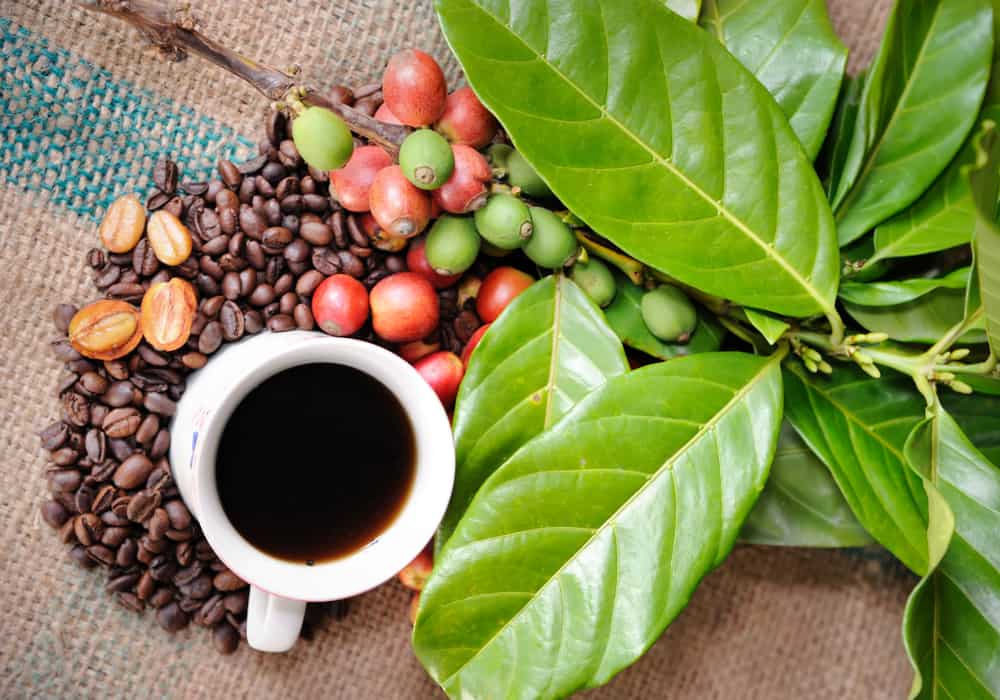In case you can’t believe it, the flavor of coffee is made up of more than a thousand different chemical combinations. In spite of the fact that the hundreds of aromatics included in a cup are sensed rather than tasted, the primary tastes that are noticed on the tongue are quite important.
Sweetness emanates from sugars, which typically scorch in the course of roasting to create toastiness and the dark tone of caramel. This is accompanied by caramel-like aroma & flavor.
Bitterness is decisive: without bitterness, coffee would be unnatural. Bitterness helps balance the sourness (acidity) in coffee. Aromatics can, in turn, balance the bitterness. The balance of complementary tastes is vital to the best coffee experience. Caffeine provides approx 10 percent of the bitterness of coffee. Trigonelline (aka niacin) is bitter, but roasting transforms most of it to pyridines, which taste warm and roasty.
Acidity is multifaceted. Fruit acids give fine acidity appreciated at the cupping table. Citric acid is robust, but malic (also found in apples) and tartaric (found in grapes) are nuanced. An acid profile is measured more complex with a balance of these, typical of beans grown at high elevations.

Chlorogenic acids degenerate in roasting into caffeic and quinic acids, and phenols. CGAs are perceived as more bitter; quinic acid is sour and bitter.
Aromatic acids, including lactic and acetic acids, can be sniffed as well as recognized. Some develop when the fruit is parted from the seed, others in roasting as sugars caramelize. A little is enjoyable; more becomes winy, while too much creates the fault called ferment.
Inorganic acids include phosphoric acid, a strong acid that acts with the other acids and salts to give a pleasant, lingering note.
Aromatics make the aroma and are caused in part by Maillard reactions, which occur when a sugar joins chemically with an amino acid (the building blocks of protein).
Mercaptans, produced in the Maillard reaction, are a family of volatiles with a high concentration of sulfur.
Thiophenes have a meaty aroma from Maillard reactions between sulfurous amino acids and sugars.
Furans are the most ample class of aromatics in coffee, and donate caramel aromas from the sugars broken down by the heat of roasting.
Pyrazines are next most lavish, with roasty, walnuty, or toasty aromas. They can be sensed even in minor quantities, and so fund much to the aroma. One pyrazine, which gives an earthy aroma, is also a flavor component in bell peppers.
Phenols are also significant in the aroma of single-malt Scotch whiskies from Islay, linked with their seaweedy character.
Pyrroles provide sweet aromas of caramel, or even mushrooms.

